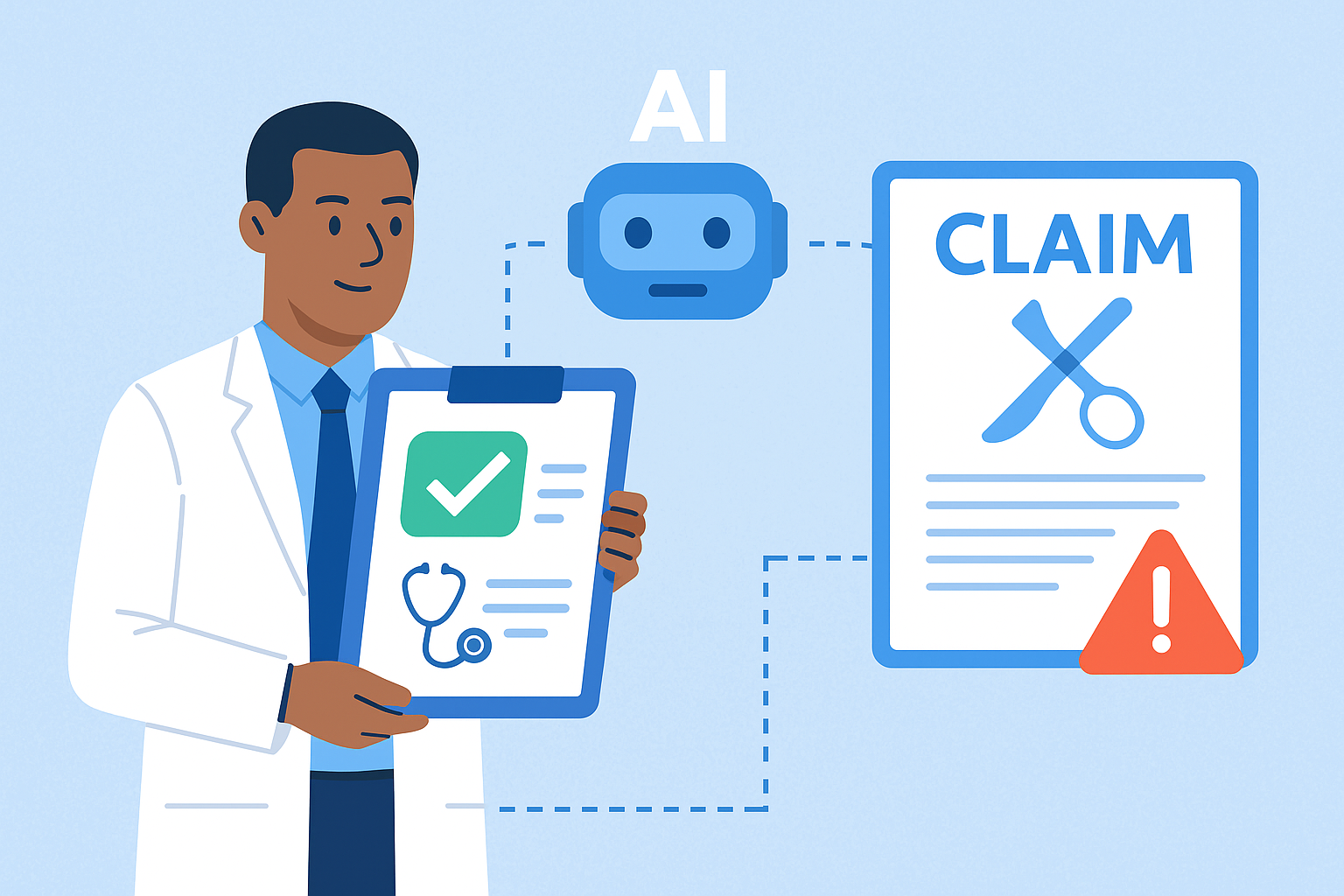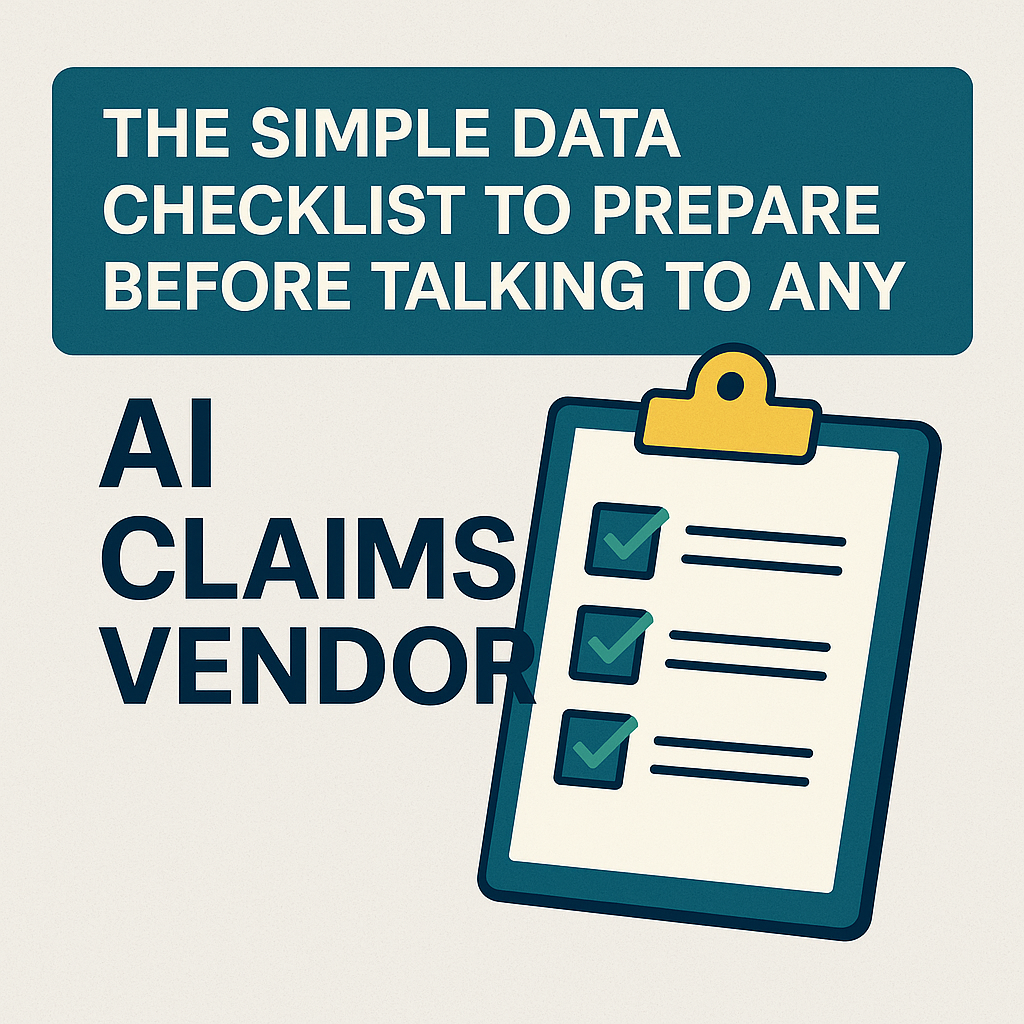Goodbye Paperwork: How AI Is Powering the Next Generation of Claims Processing
Claims processing is the heartbeat of insurance. Yet across many African markets, it's still burdened by paperwork, manual reviews, and frustrating delays. In a world where customers expect instant services, traditional claims systems are simply not keeping up. Manual claims processing is prone to human error, fraud, and high administrative overhead. The result? Slower approvals, rising costs, and unhappy customers.
But today, the story is changing. AI is ushering in a new era of claims automation—one that’s faster, smarter, and designed for scale. Forward-thinking insurers across Africa are already embracing it and leading the way.
What AI means in Claims Processing
AI in insurance isn’t about replacing humans, it’s about helping them work better. AI mimics human intelligence to handle repetitive, time-consuming tasks that typically slow down claims processing. Here's how:
- Optical Character Recognition (OCR)
This tool enables machines to scan and “read” documents, turning paper or image files into usable digital text. Think of it as Google Lens for insurance. With OCR, Curacel extracts key data like patient names, diagnoses, and amounts directly from scanned forms or uploaded photos. In auto claims, for example, customers simply upload vehicle images, enabling AI to assess and process claims remotely. This significantly cuts processing time and fraud risk.
- Natural Language Processing (NLP)
Natural Language Processing allows AI to understand the kind of human language we use in clinical notes and claim forms. If a note says, “Patient treated for malaria,” NLP can match that to the correct diagnosis code. This eliminates manual coding errors and ensures consistency across teams.
- Machine Learning (ML)
Machine Learning allows AI to identify patterns over time, learning from both valid and fraudulent claims. By analyzing past claims, both valid and fraudulent, AI gets better at flagging anomalies, duplicate submissions, or suspicious activity. In essence, your claims team gets a tireless assistant trained on thousands of decisions.
With AI, your team can process claims faster, with fewer errors and less friction, and no technical expertise is required. Curacel makes it easy for insurance teams to use AI tools, regardless of their tech background.
Where AI delivers the most impact in claims processing
AI can enhance every stage of the claims journey, from submission to settlement. Here's how it delivers real value and efficiency to insurance teams:
Document Intake
At the start of a claim, AI eliminates manual data entry. Instead of relying on staff to read and type information from forms, AI extracts details such as patient data, diagnosis, treatment codes, and amounts in seconds.
Triage and Routing
Once a claim is scanned, AI can automatically prioritize, approve, or flag it based on predefined criteria such as complexity. For example, straightforward claims can be routed for auto-processing, while unusual or high-cost items are flagged for further review. This ensures claims teams spend time where it matters most.
Medical Quality Assurance

AI cross-checks diagnoses against treatments to verify medical accuracy. For example, If a surgery is listed in a claim without an appropriate diagnosis, AI identifies the mismatch and flags it, helping insurers avoid errors and fraud.
Payments and Auto-Approval
AI enables faster settlement by automatically approving low-risk claims. Claims that would otherwise sit in a queue for days can now be resolved in minutes, improving satisfaction for both providers and customers.
From intake to payout, AI supports the entire claims lifecycle, making processes faster, smarter, and more dependable.
Why bother to use AI in claims processing?
The benefits of using AI in claims processing are clear. Here's why more insurers are making the switch:
- Time Saving:
AI reduces claims processing time from days or weeks to just minutes. Curacel has helped insurers cut processing time by up to 60%, leading to faster resolutions and more efficient teams.
- Cost Saving:
Traditional claims handling demands large teams to stay on schedule. AI automates repetitive tasks, reducing the need for large review teams and lowering operational costs.
- Fraud Reduction:
Manual workflows leave more room for error and manipulation. AI flags duplicate or inconsistent claims, significantly lowering fraud risk.
- Consistency:
AI helps insurers make decisions that are fair and unbiased by applying the same logic across every claim. This leads to better reliability and stronger customer trust.
In more ways than one, AI makes claims processing smoother—and more insurers are turning to Curacel’s solutions to modernize their operations.
What to consider before adopting AI in claims processing teams
While the benefits are compelling, there are a few important factors to consider before introducing AI into your claims workflow:
AI Doesn't Replace Teams
AI isn’t meant to run claims end-to-end without oversight. It’s designed to assist, not eliminate, claims staff. Your team will still handle complex cases and final decisions. AI simply takes over repetitive tasks, freeing up time for higher-value work.
Data Quality Is Key
For AI in claims processing to deliver accurate results, it must be trained on clean, structured data.Establishing clear standards for how data is recorded and submitted is essential for successful AI integration.
Integration with Existing Systems
Evaluate whether your current systems can integrate with AI tools, and whether your team can adopt them with minimal friction. Curacel’s platform is built to be easy for both technical and non-technical users.
Regulatory Compliance
Any AI solution you adopt must meet all necessary privacy and data protection laws. Curacel, for instance, is GDPR-compliant, ensuring all data is handled responsibly and legally.
Final Thoughts: The future of claims processing is paperless
The future of insurance claims is already here, and it’s intelligent, efficient, and paperless.
AI isn’t just a tool; it’s a strategic asset. Insurers that adopt automation now will gain speed, reduce fraud, and deliver better service at scale.
Curacel is helping insurers across Africa lead this shift with AI-powered products like Curacel Health, Curacel Auto, and Curacel Grow. These tools simplify claims processing for teams of all sizes, without the need for complex tech setup.
The future of claims is smart, seamless, and here. The time to switch is now.
Subsribe to our newsletter to receive weekly content


























.svg)







